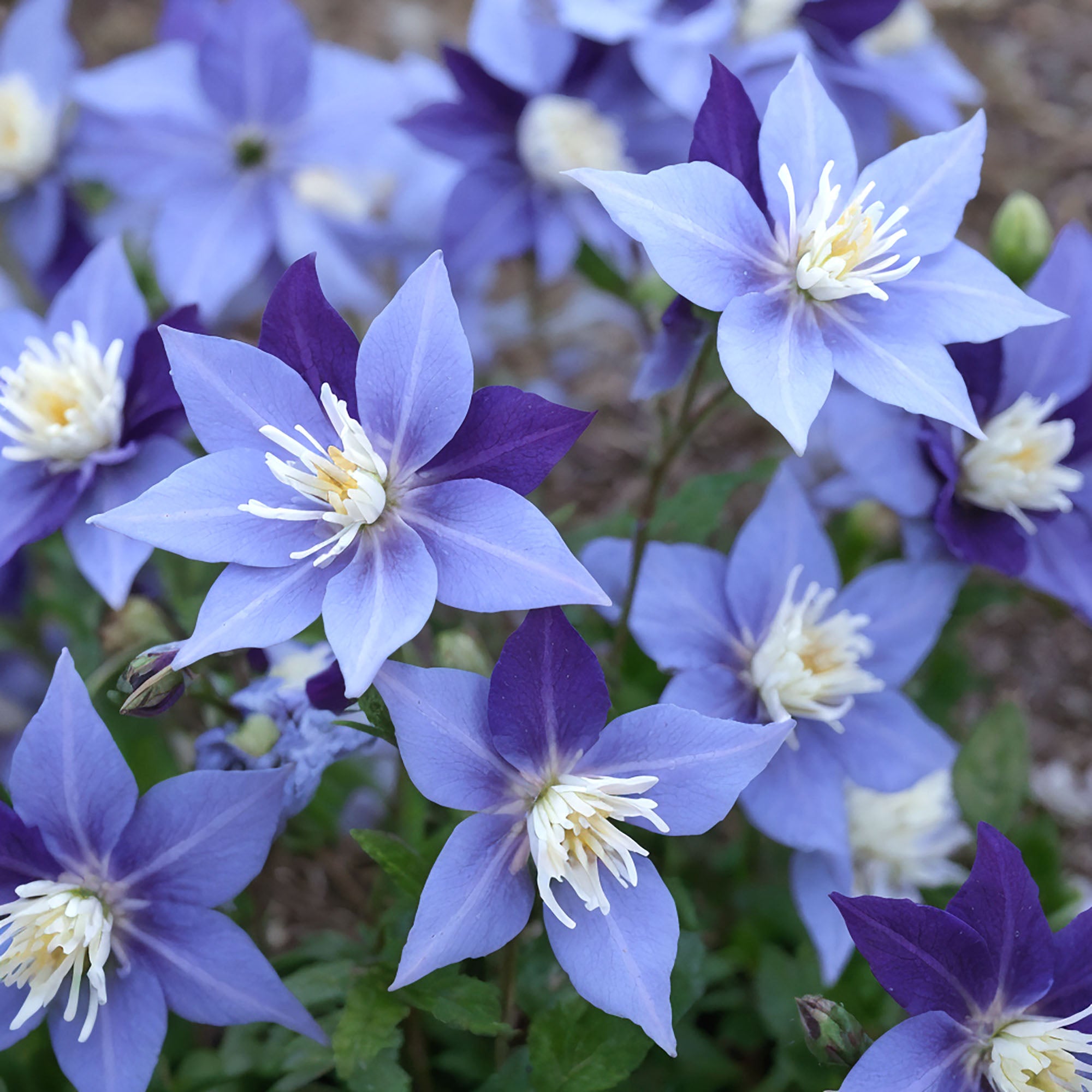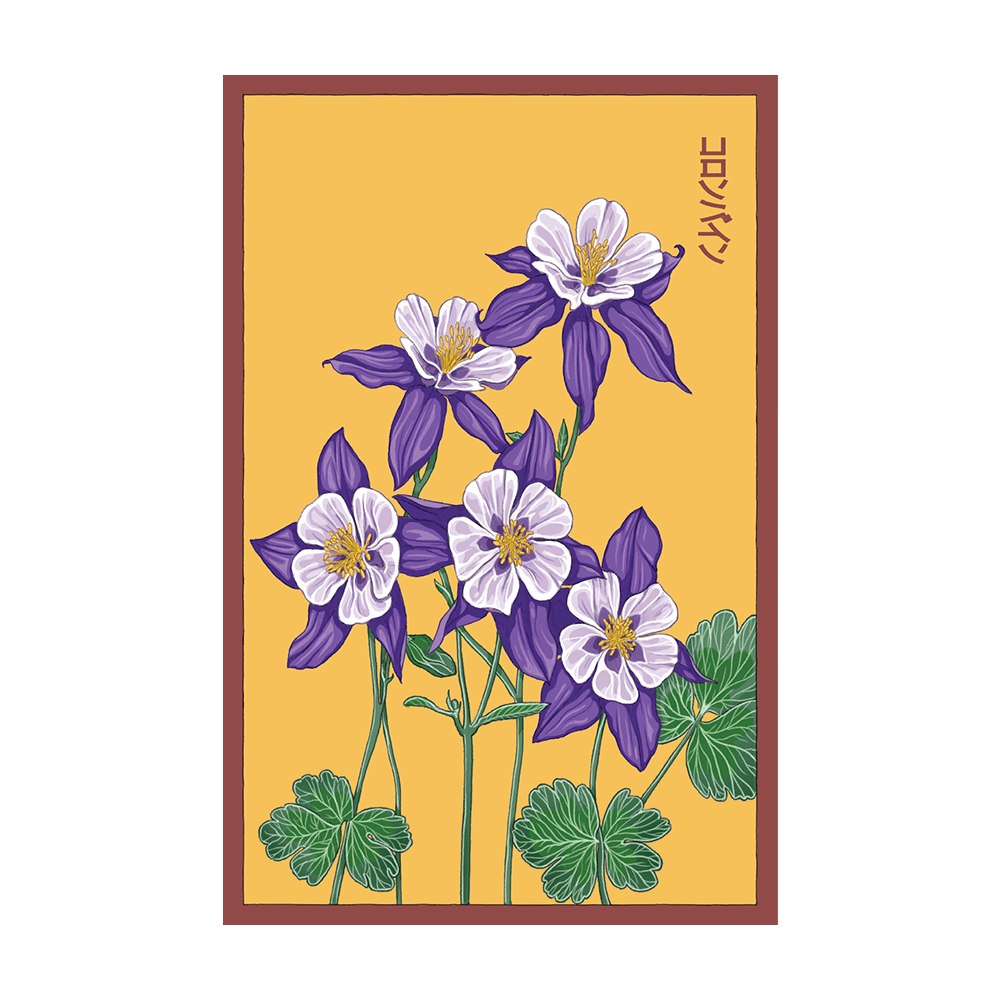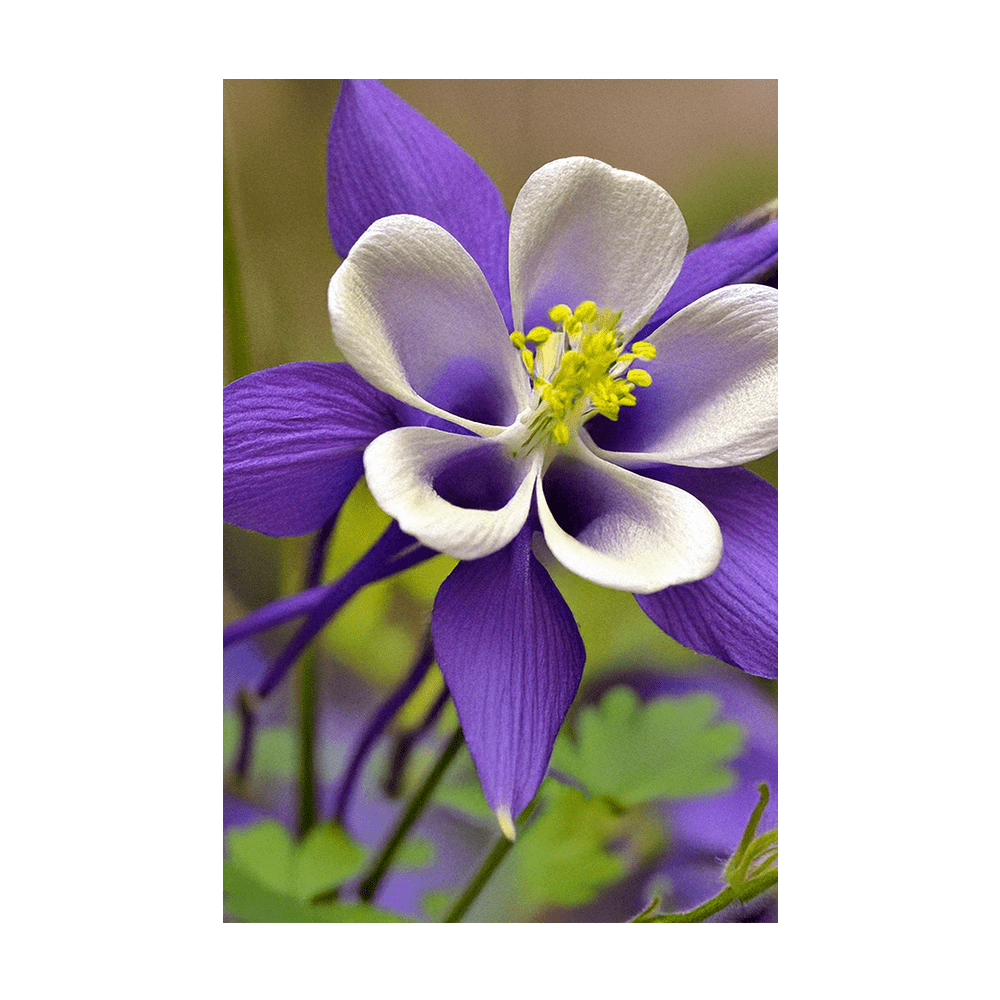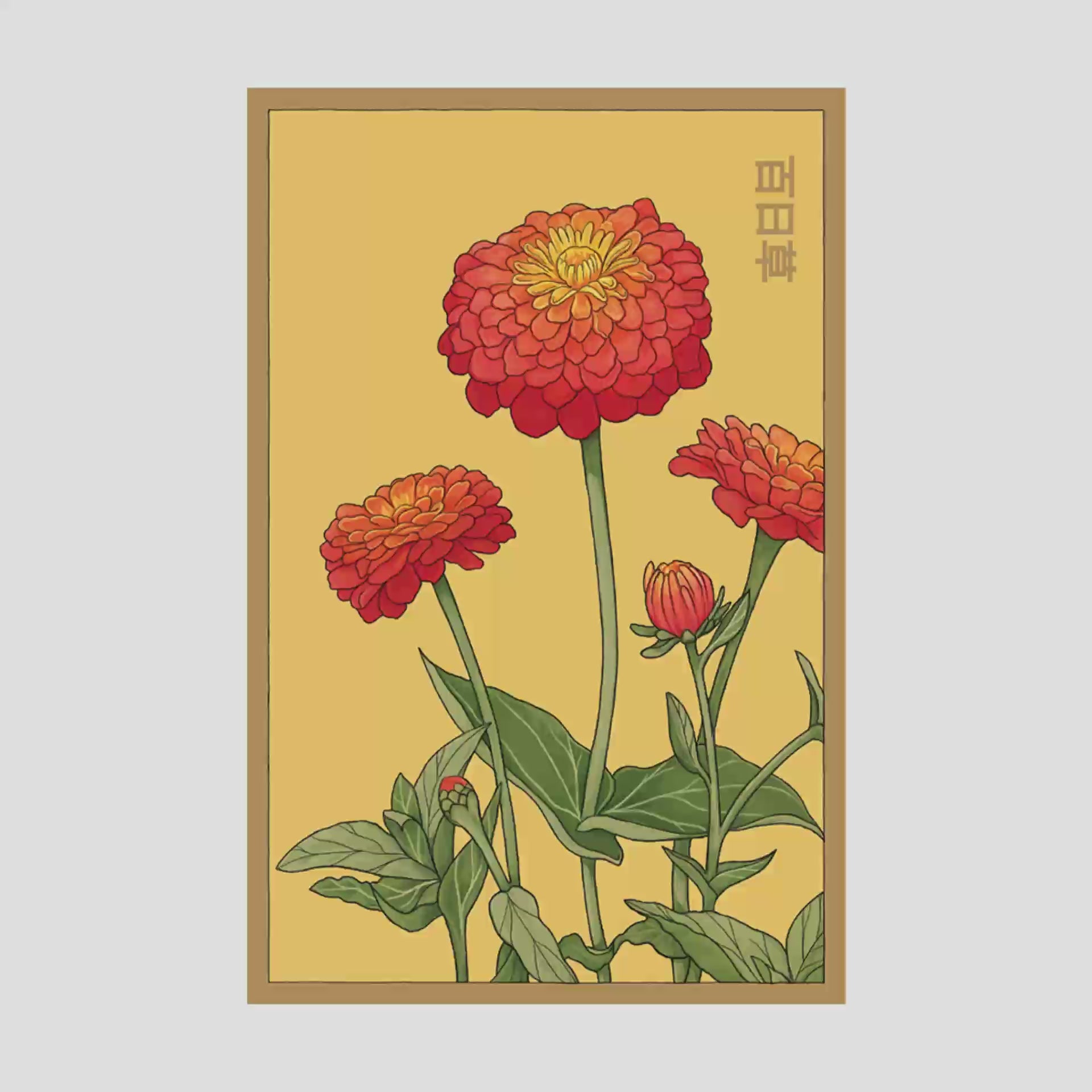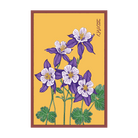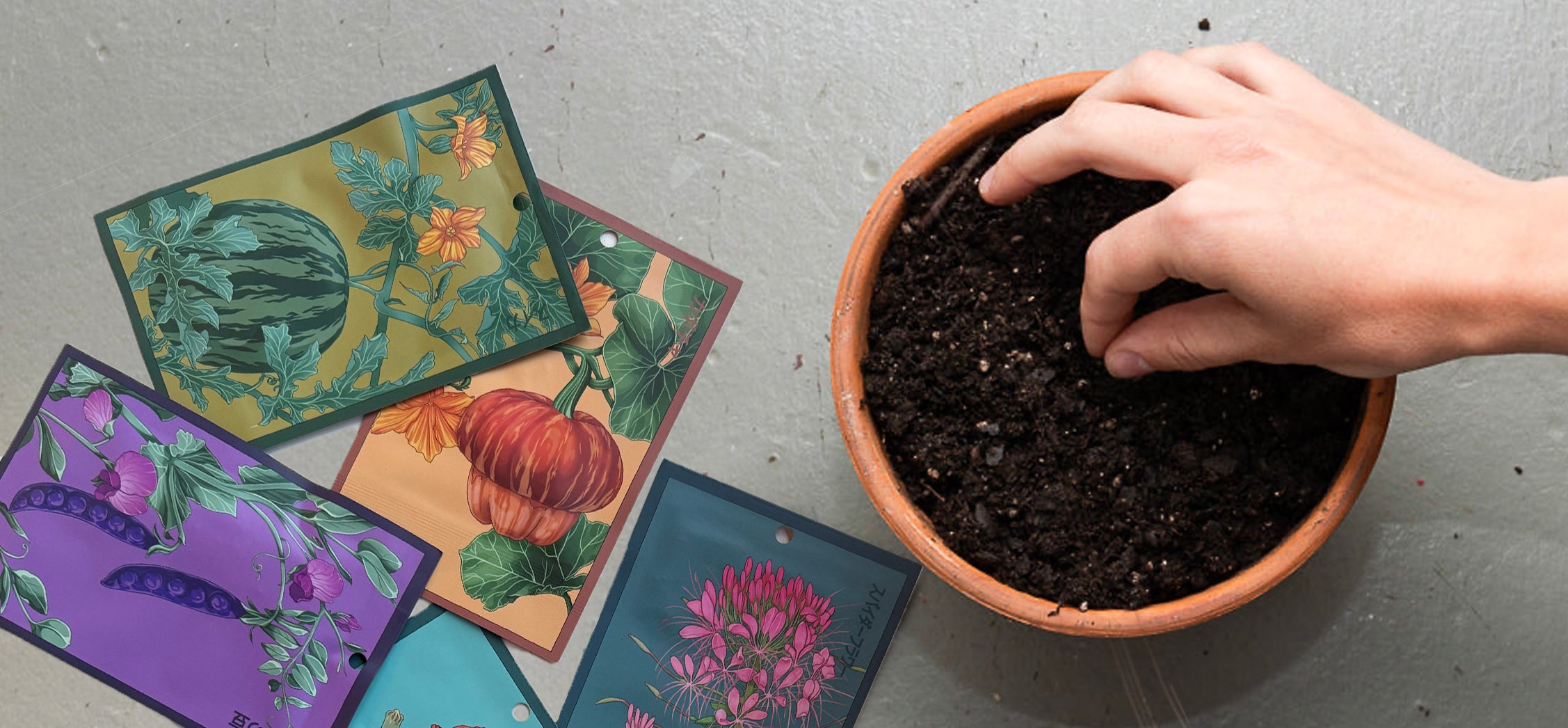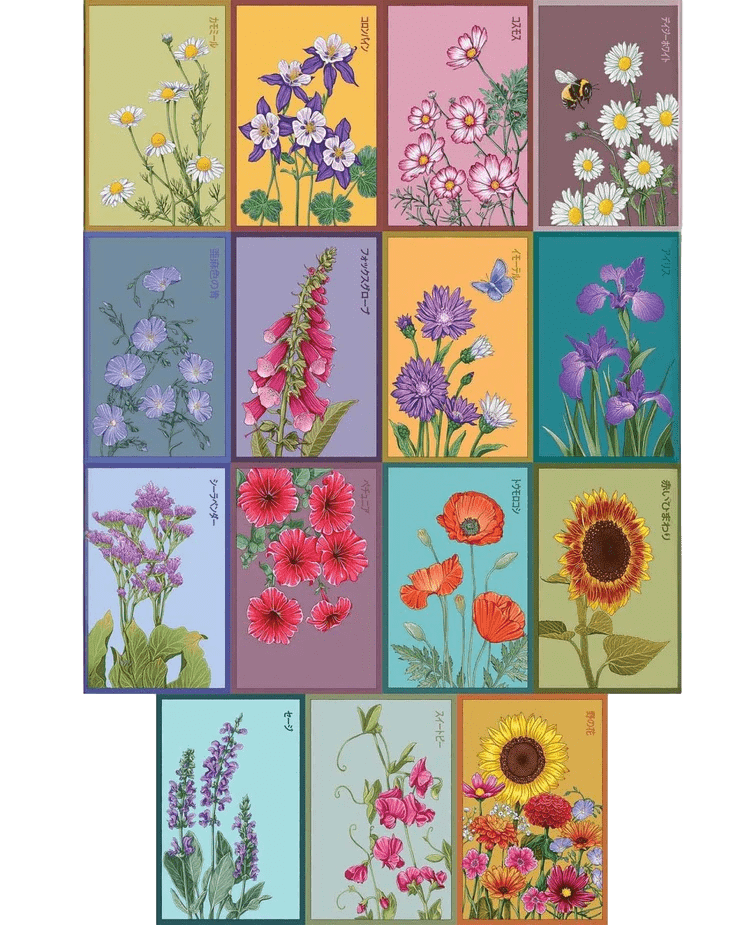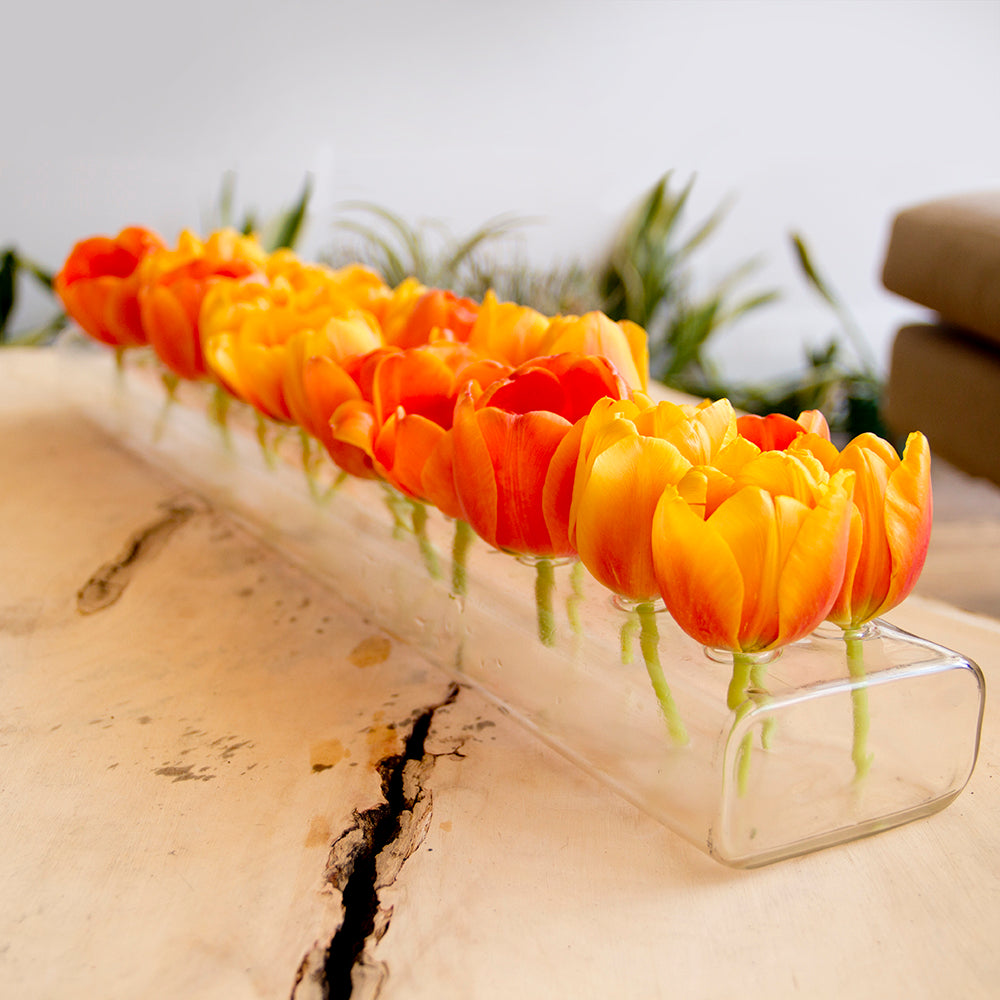Columbine Flower Seeds Packet
£1.70
Unit price
/
Unavailable
Couldn't load pickup availability
The Columbine (Aquilegia) is a delicate and graceful perennial flower known for its unique, spurred blossoms that resemble a cluster of tiny, dangling bells. The blooms come in a variety of colors, including blue, purple, red, pink, yellow, and white, often with contrasting hues. Their nectar-rich flowers make them a favorite among pollinators, especially hummingbirds and bees. Columbines are prized for their ability to thrive in various garden settings, including woodland gardens, borders, and rock gardens. Columbine is a charming, easy-to-grow perennial that adds elegance to any garden. With its delicate, spurred flowers, ability to attract pollinators, and low-maintenance care, it is a fantastic choice for shady and woodland gardens.
SKU: SECOLU
We stand by the quality of our flower seed packets! With high germination rates and vibrant blooms, your garden is sure to flourish. If you're not completely satisfied, we’ll replace or refund—guaranteed!
Columbine Flower Seeds Packet
Why Shido Seeds Are the Best
Our flower and vegetable seeds are beautifully packaged little packets of magic. Guaranteed to turn your garden into the envy of the neighborhood. Get your hands dirty and let nature simply do its thing.
How to Plant Columbines from Seed
When to Plant Seeds
Seed Preparation
Sowing Seeds Outdoors
Starting Seeds Indoors
Pro Tip
